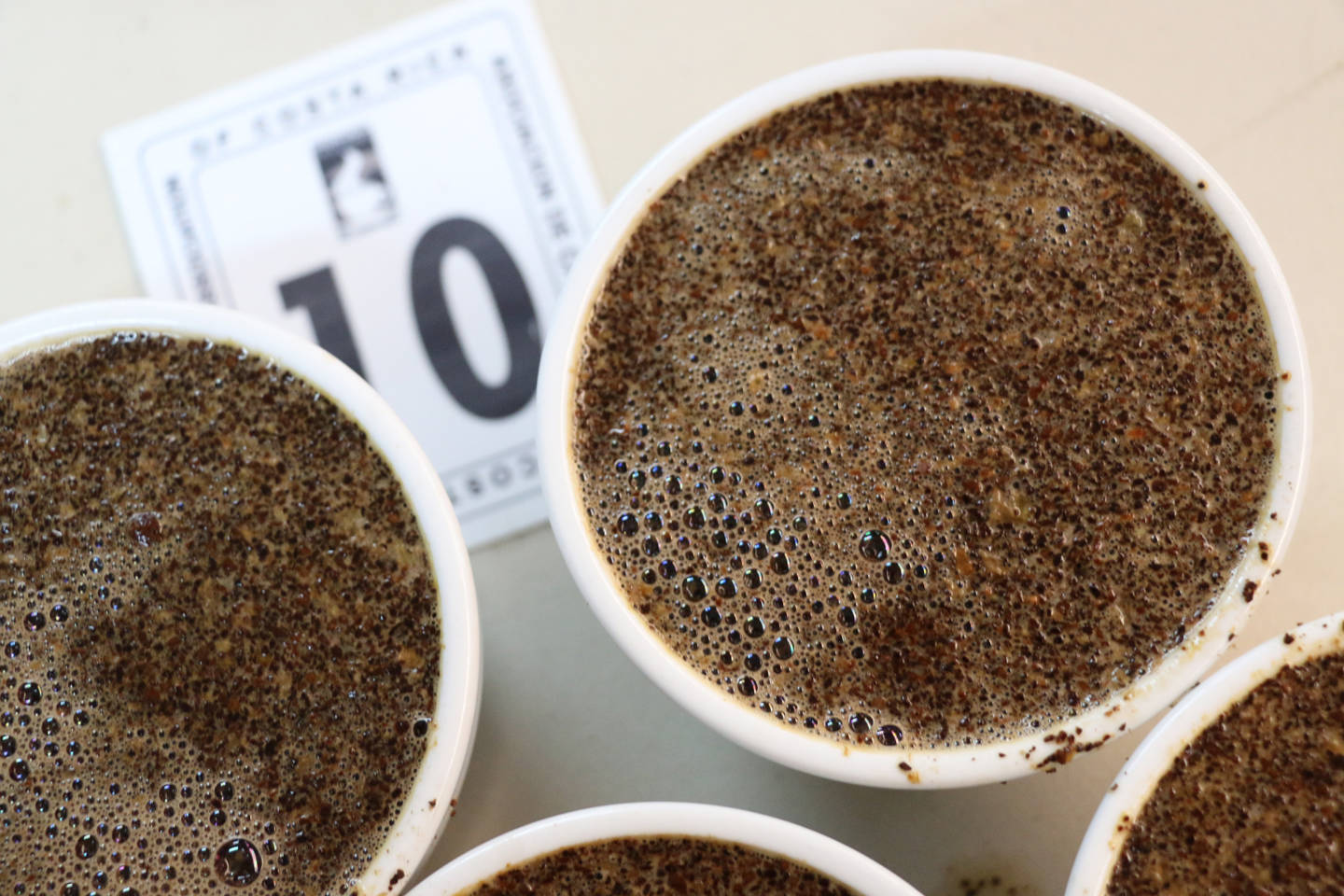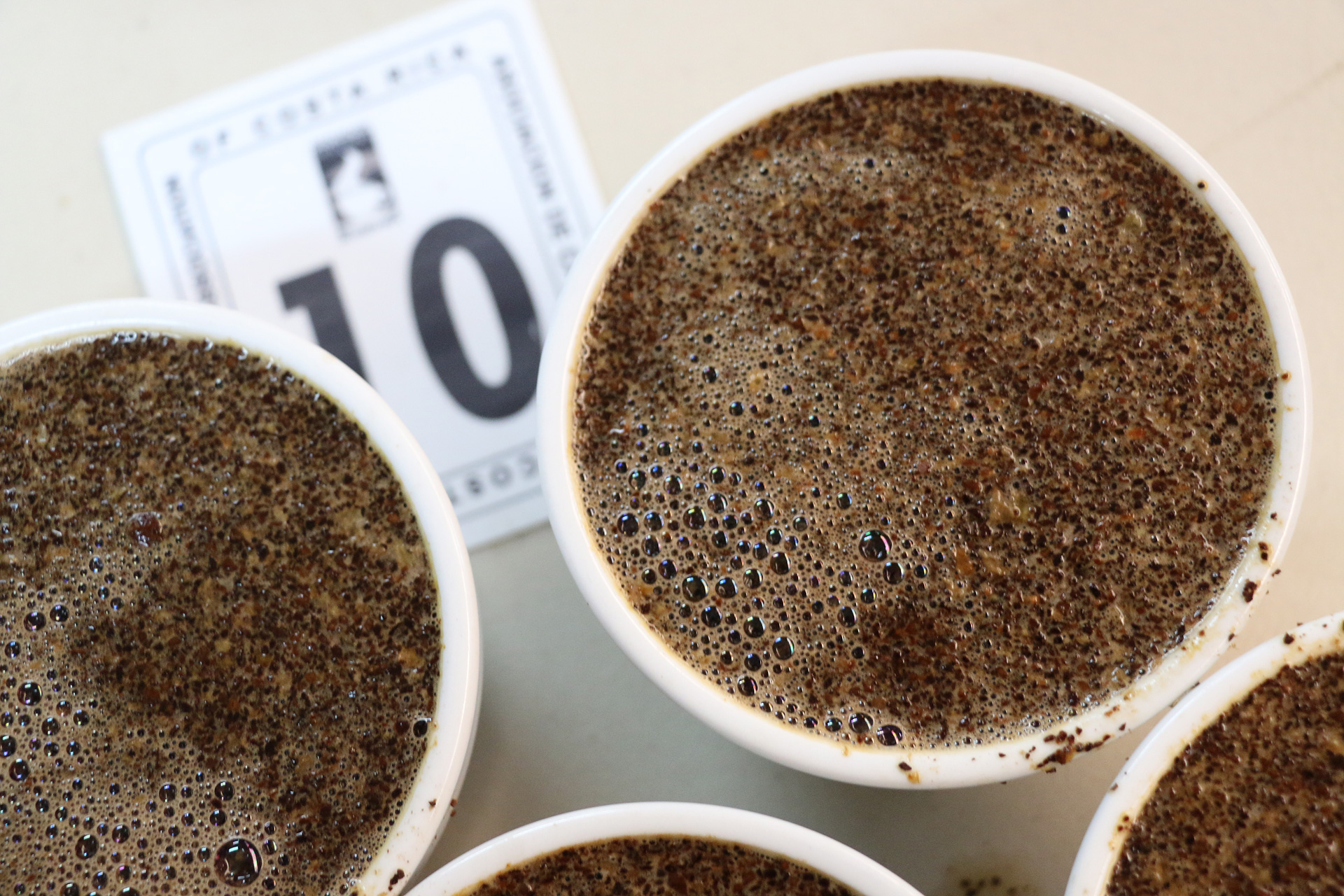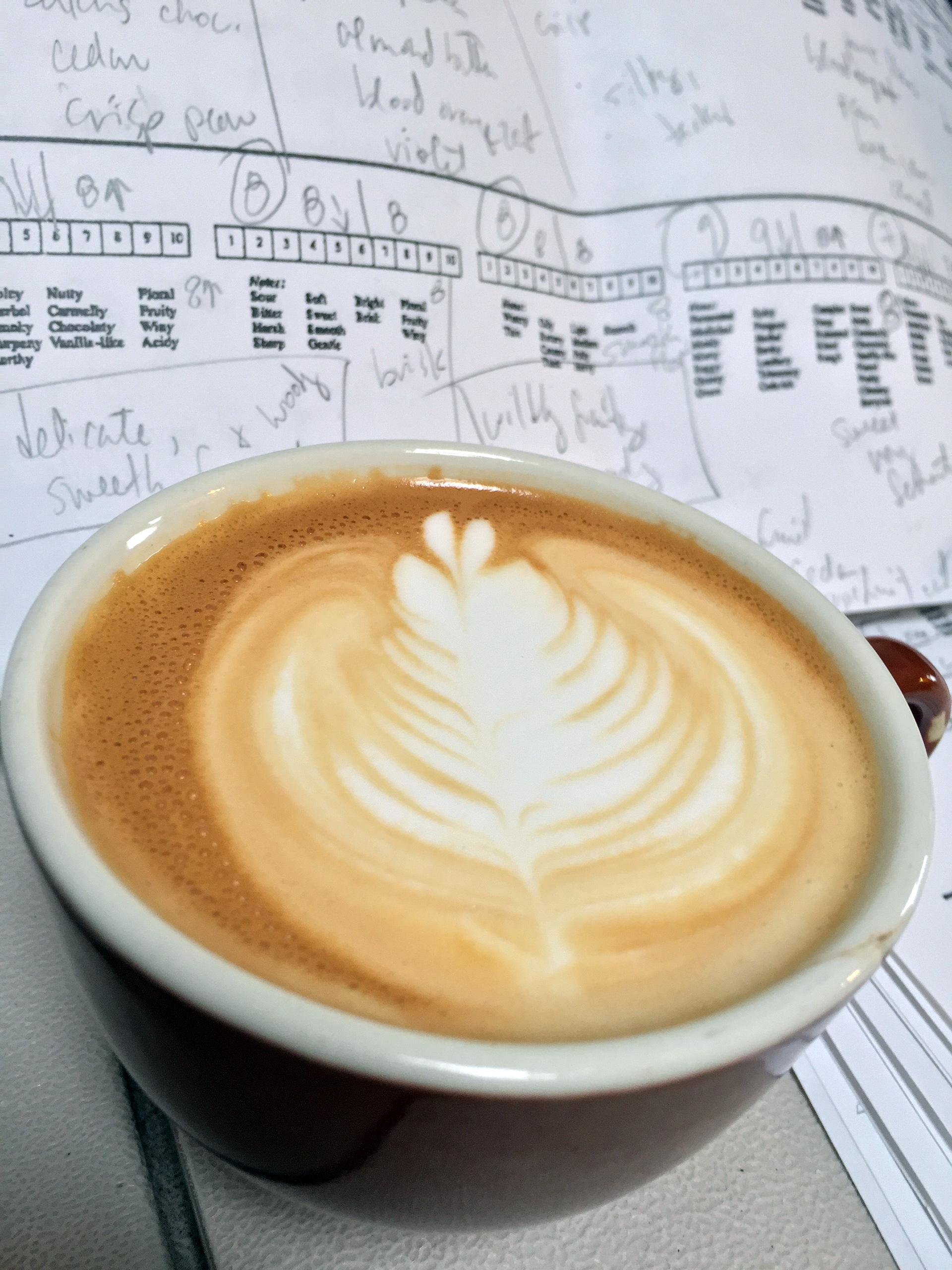The Q grader exam is among the most rigorous tests in the sensory realm. Those who pass it are likened to sommeliers of coffee; but Q graders don’t show up tableside and tell you how to prepare your morning brew, so the analogy doesn’t really hold. The exam itself has been compared to the bar exam in law, but the reality is that a Q grader’s practical experience—working with green coffee, roasting coffee, cupping it, identifying its sensory features—is more crucial to passing the Q than any amount of book knowledge, so that’s not a great analogy, either.
I took the Q grader exam in August of this year, and the analogy I’ll offer is that of a Zen practitioner trying to meditate in a traffic jam: a Q grader must cut through all the sensory noise—extraneous aromas, flavor and texture residues, the coffee that came before this one, and one’s own subjective preferences—to identify the essence of any given coffee. And we must do so in a room full of other— other nervous, amped, perhaps even sweaty people—trying to do the same thing, while being timed.
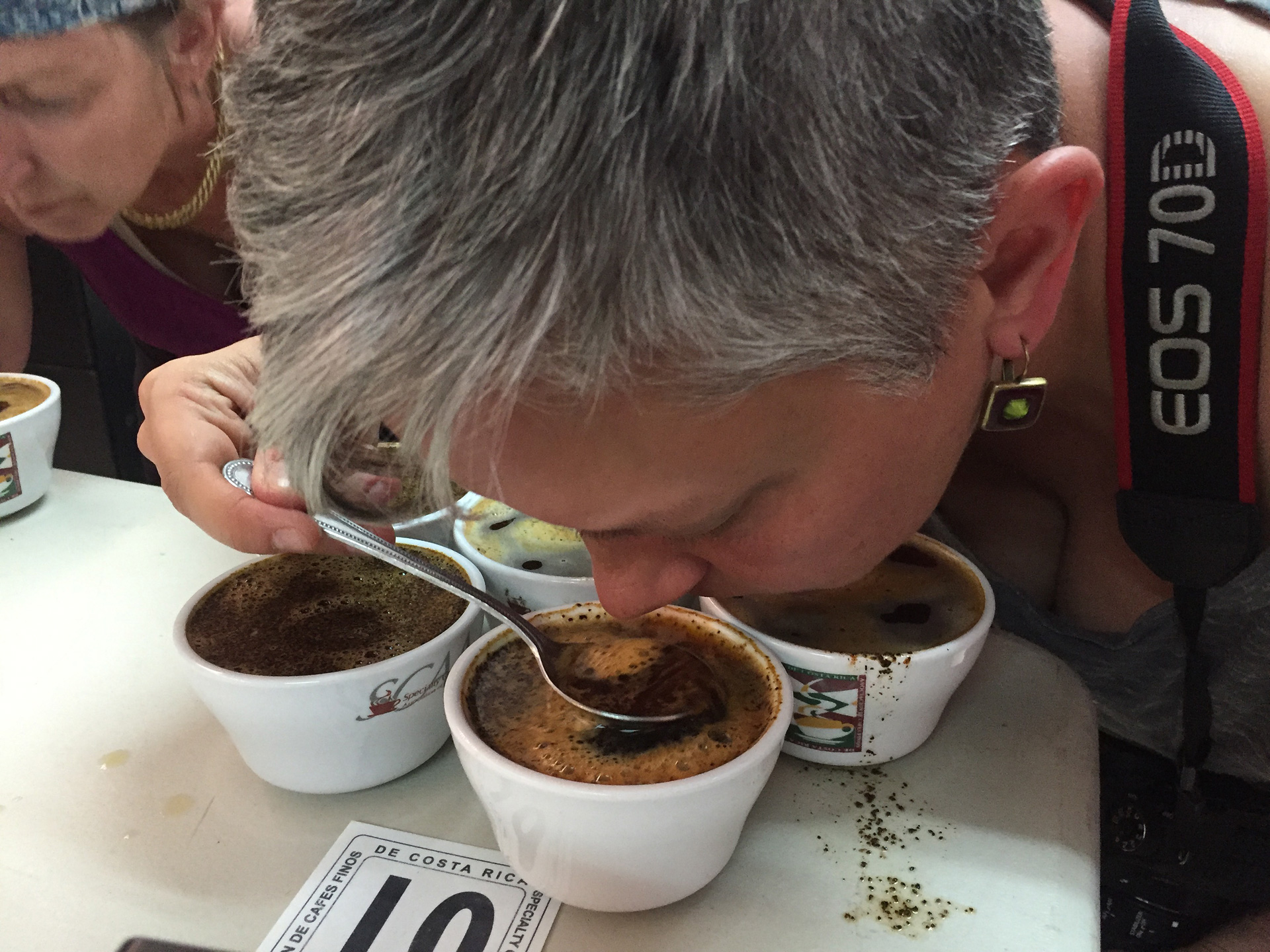
The Q system employs a standard and a universal language for evaluating coffee, both at the export level and at the consumer level, first certifying coffees as specialty, or not, then assigning a score on a 100-point scale. (Coffees that score below 80 are deemed commodity, i.e., not specialty coffees.) Q certified coffees fetch premium prices for farmers and exporters and allow green-coffee buyers to select by score and other qualities to present roasters with the wealth of options—across origins, processing methods, and coffee varieties—we see as coffee drinkers in cafés and on store shelves. And this is just for Arabica coffees! There’s an entirely different system for the Robusta species of coffee, hardier plants than Arabica, but much less desirable in terms of flavor.
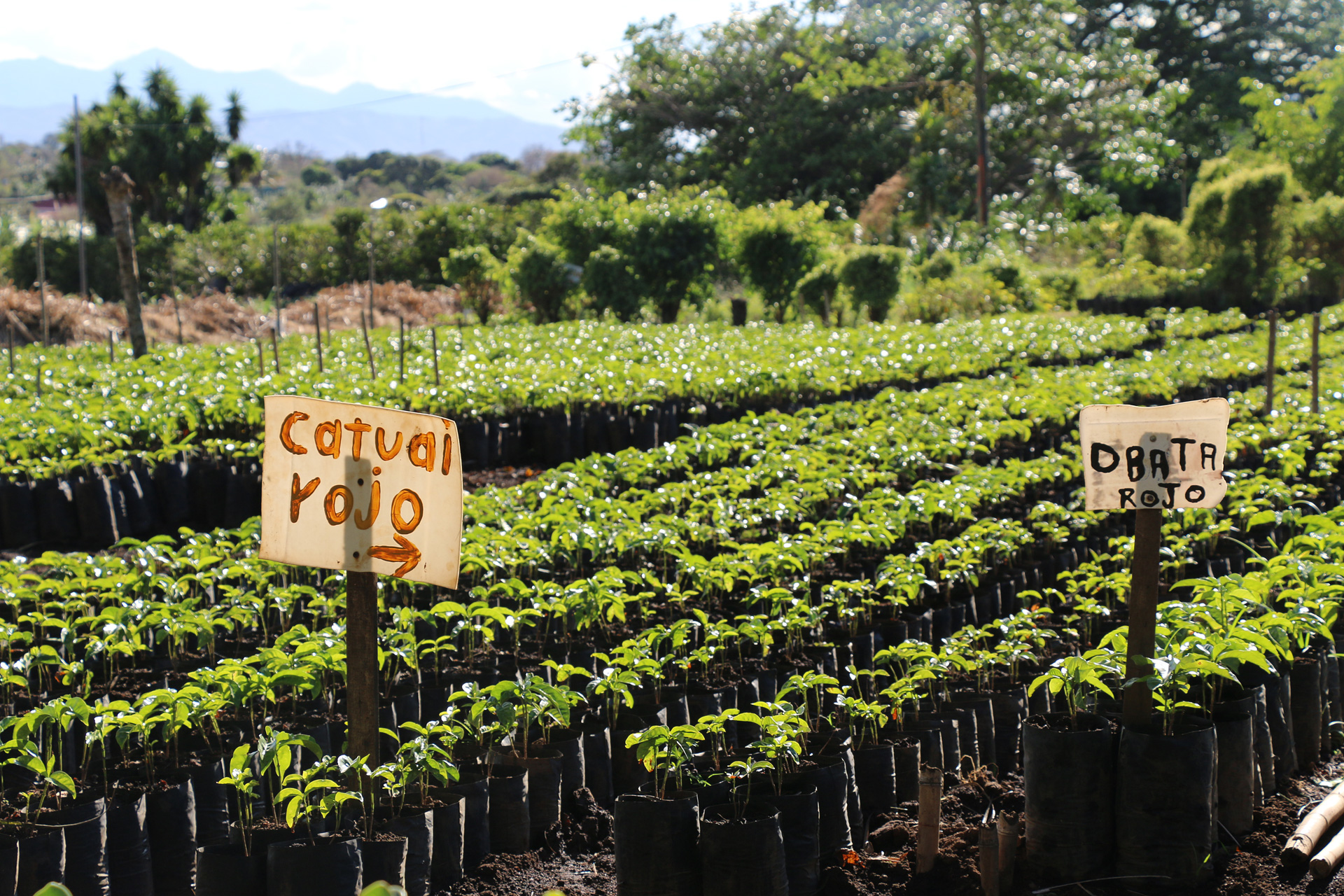
In a nutshell, the Q system is designed to uphold the standards set for specialty coffee by the Specialty Coffee Association of America (SCAA), which just unified, after much brouhaha, with the Specialty Coffee Association of Europe (SCAE). And, of course, coffee-producing countries each have their own elaborate systems for grading and certifying coffee quality.
All this formality and infrastructure around coffee might imply that there’s something to the critique of snobbery often leveled at the coffee industry these days, especially in U.S. cities like San Francisco, Los Angeles, Portland, Seattle, and New York, where a simple pour-over cup might cost you five bucks, not including tip. But it’s important to remember that coffee is a fruit that must be tended carefully from seed to cup, as they say, in order to result in the level of quality we’ve come to expect. Farmers have to select the best varieties to plant, know where to plant them for optimal growth and development of sugars, as well as oversee the processing of the cherries to avoid common taints, such as mold, which can ruin an entire crop. The responsibilities of everyone else in the supply chain ensue, from the millers and exporters, to the buyers and roasters, to the retailers and baristas. When you stop to consider how many people it takes to bring that exquisite cup to you, any one of whom might make a crucial error, then what we sometimes view as snobbery might be more accurately denoted as care.
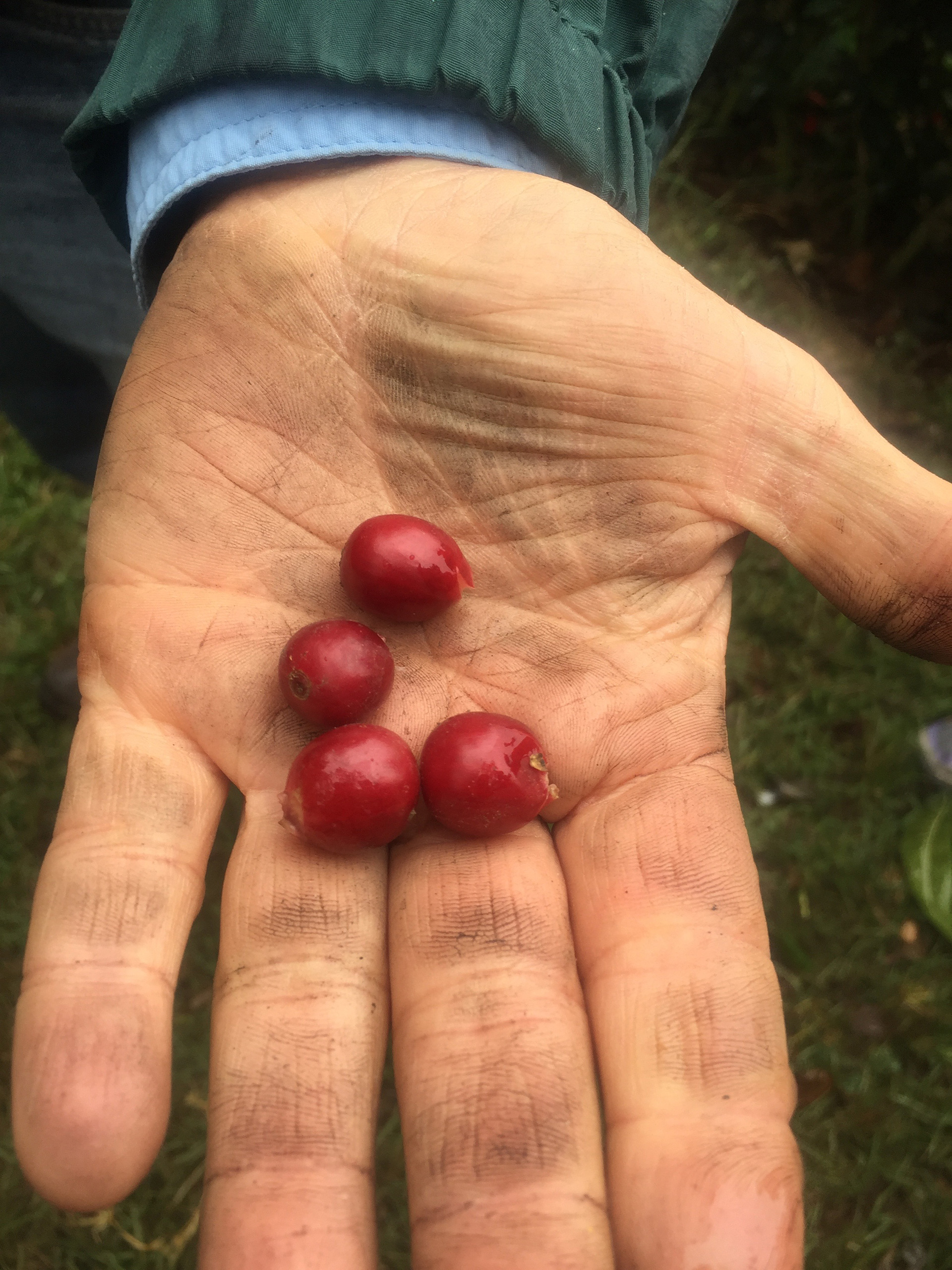
Hence, the increased interest in the Q certification process. There are currently about 3500 licensed Q-graders in the world, having passed the test administered by an instructor from the Coffee Quality Institute (CQI). I was fortunate to work with Jodi Dowell Wieser, who started her career with the renowned Willem Boot at Boot Coffee in San Rafael, California before launching Gather Coffee Company, devoted to coffee education and training. Jodi is the perfect Q teacher: calm, rigorous, encouraging and empathetic, with a big bag of strategy tricks she’s happy to share.
